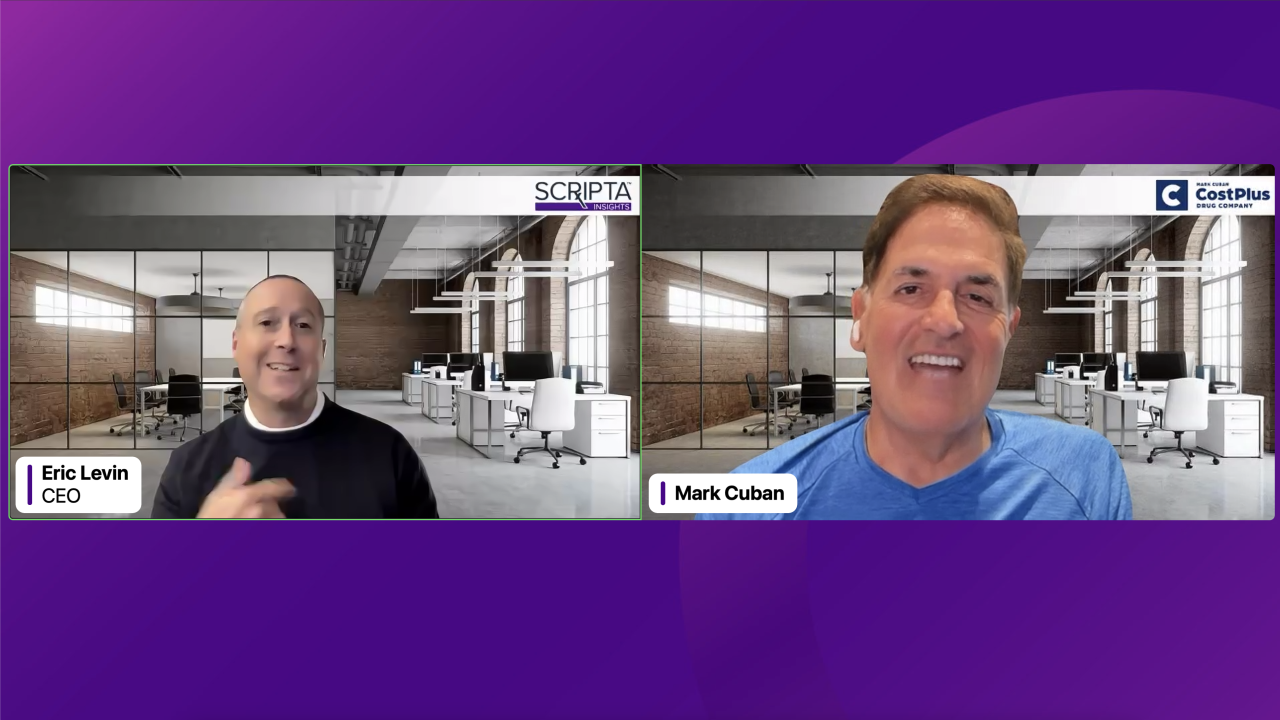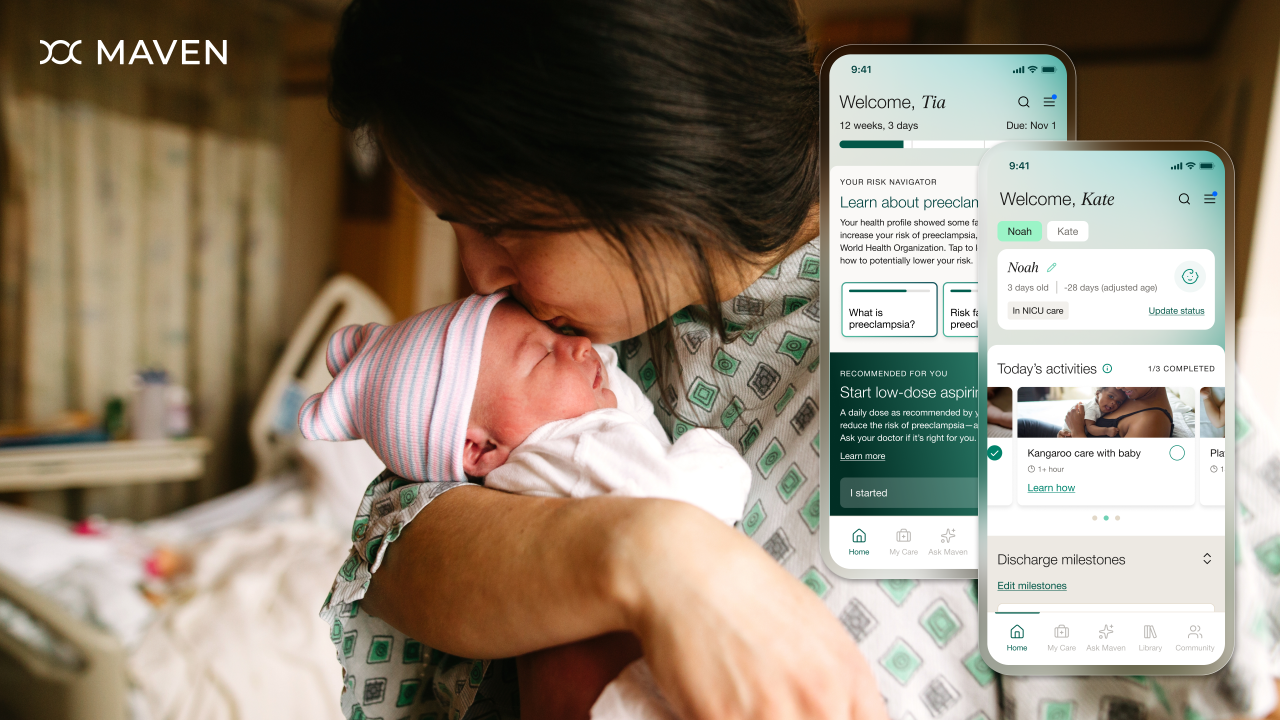Enjoy complimentary access to top ideas and insights — selected by our editors.
Is providing employees with access to a high deductible health plan (HDHP) worth it — and are employees eager to take advantage of this healthcare offering?
There has been a decrease in the amount of businesses offering HDHPs, with only 25% of companies offering health benefits providing an HDHP option, compared to 30% in 2023, according to KFF's 2024 Employer Health Benefits Survey, which is based on 2,142 interviews with non-federal public and private firms. Additionally, large companies with more than 200 workers are more likely to offer an HDHP, with 58% offering the plan in 2024.
Of those employees covered by an HDHP, many are covered by a Health Savings Account (HSA)-qualified HDHP. In 2024, 21% of plan participants were covered by an HSA-qualified HDHP, compared to the 6% covered by an HDHP/Health Reimbursement Arrangement (HRA).
Those with an HDHP with a savings option (HDHP/SO) such as an HRA or HSA, annual premiums and contributions for a worker are $5,662, compared to non-HDHP/SO plans where annual premiums and contributions for a worker are $6,531.
"It's really important for employees to do their research and do the math: What can they afford, and how much coverage they're going to get out of the high deductible health plan?" Divya Sangameshwar, insurance expert at ValuePenguin, told EBN. "I personally have heard of stories of friends and family who pick the cheapest health plan and then discover that they couldn't get the medical care they needed. So they start skipping their medical care."
Read more about recent HDHP enrollment data.






